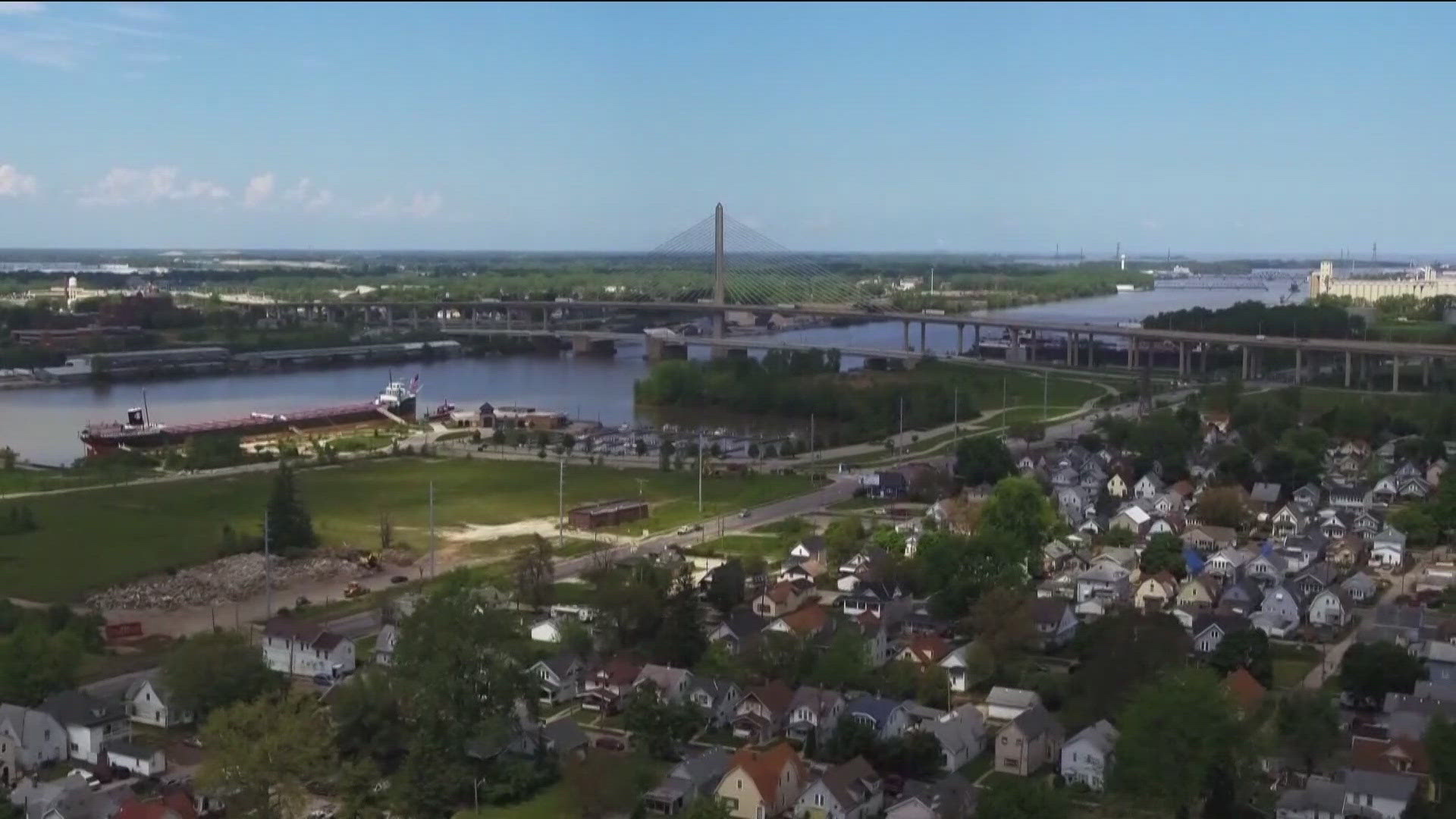TOLEDO, Ohio — There's an emotional cost to every shooting that happens in Toledo. But, there's also a financial cost.
The city of Toledo commissioned the National Institute for Criminal Justice Reform to review the expenses tied to shootings within the city limits.
For the past three years, Toledo has averaged around 60 deadly shootings and 276 non-fatal shootings each year. At this rate, each year of shootings will ultimately cost taxpayers millions of dollars.
"The cost for Toledo's homicide or a fatal shooting is almost $900,000, while a non-fatal shooting costs close to $600,000. Of both costs, I would say incarceration makes up a significant portion of it,” said Nehali Vishwanath, senior policy analyst for the National Institute for Criminal Justice Reform.
How can the city reduce that cost while also saving lives?
The institute's director of data and research, Mikaela Rabinowitz, says the organization tries to provide a little bit of context about how reducing shootings would benefit the taxpayers of the city of Toledo.
She says a 20% reduction in shootings has a multi-million dollar cost savings to taxpayers.
"I think that speaks to the value of doing the work and I think it's important that, often when people think about gun violence, they think it only affects a small number of people, Rabinowitz said. "This is a way of demonstrating that actually gun violence affects everybody."
Malcolm Cunningham, director of Toledo's Neighborhood Safety and Engagement department, says there have been many conversations on the topic through the city's community action table, which includes 100 people, like residents and city council members.
They discussed the economic impact and the costs that are tied to these sorts of incidents, as well as finding solutions.
"Every time we're doing a high-risk mediation with folks that are at elevated risk of shooting or being shot, it means that we may be reducing the overall cost,” Cunningham said.
He says they will continue to work on ways to reduce those costs long-term and also try to increase access to opportunity, with the ultimate goal of offering hope and saving lives.

